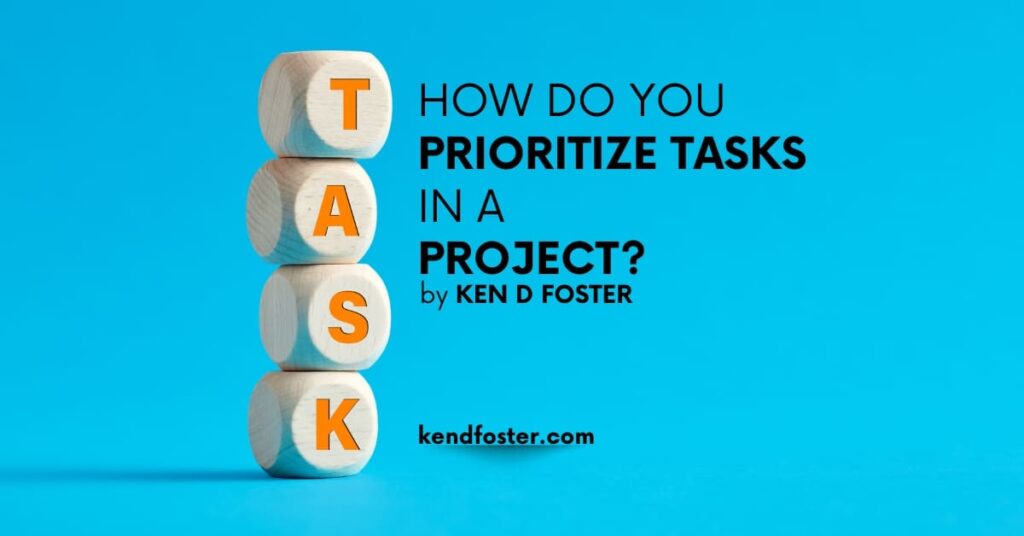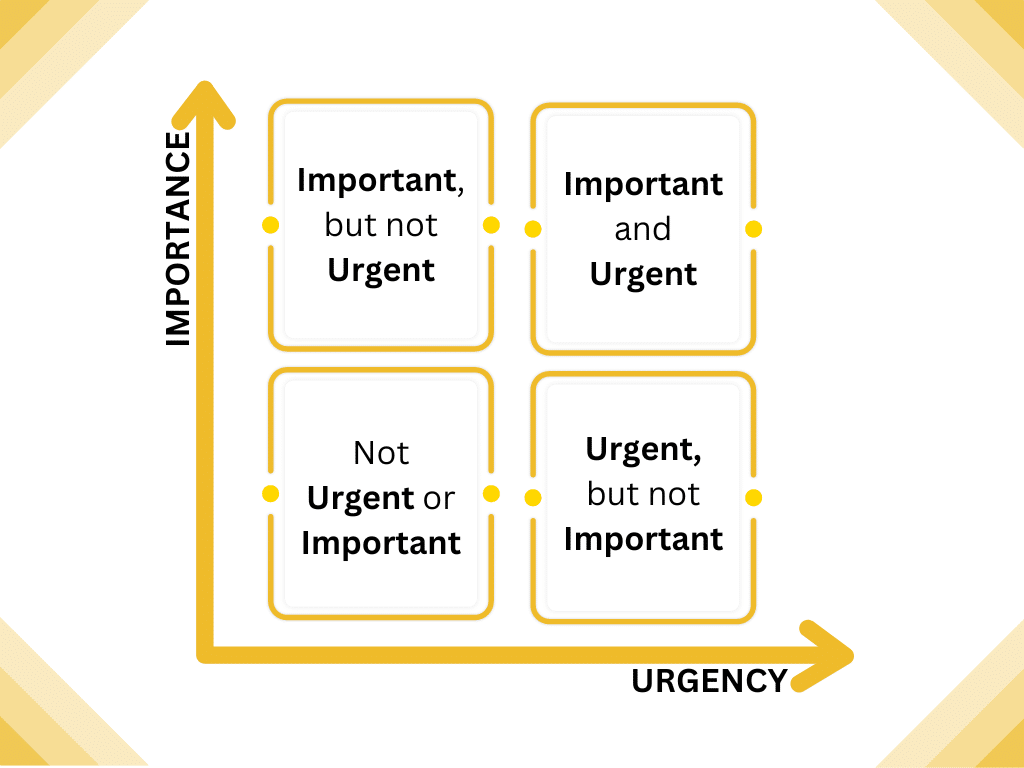
A project usually has a lot of tasks, but not all are important. To make the best use of time and produce high-quality results, prioritize tasks based on their significance.
Prioritizing tasks is a crucial skill required for a business owner. In this article, let’s discuss how to prioritize tasks in a project.
Why Is Prioritizing Tasks Important For a Project?
Prioritizing tasks has a lot of benefits, such as:
- Better time management
- Stress reduction
- Improved decision making
- Better productivity
- Better communication
Tips to Prioritize Tasks in a Project
1. Define Project Goals
To prioritize tasks, it’s necessary that you first decide the goals for your project. The goals you set for the project should align with the objectives of your business.
If the goals don’t align with your business objectives, you may have to reconsider the project as it may be irrelevant to your business.
Pro tip: Set goals for your project using the SMART framework (specific, measurable, achievable, relevant, and time-bound).
2. List All Tasks
Once you define project goals, the next step is to create an action plan to achieve them. To do so, create a comprehensive list of all the tasks required to complete the project. Include both major and minor tasks, as well as subtasks. Group similar tasks together for easier understanding.
3. Assess Task Importance
Here’s how to assess the importance of tasks and complete them.
- Urgency: Usually, time-sensitive tasks are the most important, so prioritize and complete them quickly.
- Significance: Prioritize the tasks that significantly contribute towards achieving your goals.
- Task dependencies: Prioritize the tasks necessary for the completion of other tasks.
- Resource availability: You can complete a task only if you have the manpower, budget, and tools required. If you don’t have the resources, defer those tasks for later.
4. Use a Prioritization Framework
Use a prioritization framework like the Eisenhower Matrix or the MoSCoW method to rank tasks.
Eisenhower Matrix
The Eisenhower Matrix, also known as the Urgent-Important Matrix, helps you prioritize tasks based on their urgency and importance. It’s used to categorize tasks and allocate time and resources effectively.
The matrix divides tasks into four quadrants based on two criteria: urgency and importance. Here’s how the matrix is structured:
- Quadrant 1: Urgent and important (do first)
- Quadrant 2: Important but not urgent (schedule)
- Quadrant 3: Urgent but not important (delegate or minimize)
- Quadrant IV: Not urgent and not important (eliminate)

MoSCoW Method
The MoSCoW method helps you categorize and prioritize tasks based on their importance and impact.
Here’s how the MoSCoW method works:
- Must-Have (M): Critical tasks that are absolutely essential for the project’s success.
- Should-Have (S): Should-have tasks are important but not absolutely necessary for the project’s basic functionality. They contribute to the project’s overall value but can be excluded.
- Could-Have (C): Could-have tasks are desirable but not essential. If you have sufficient time and resources, you can perform these tasks.
- Won’t-Have (W): Won’t-have tasks are unnecessary for the current project. You can exclude them.
5. Consult With Your Team
Your employees are the ones who will carry out the task. So, include them and ask their opinions to decide which tasks to prioritize.
Assign tasks to your employees based on their capabilities and availability. If an employee is uninterested in doing a particular task, you can assign it to another employee and give him another task.
Conclusion
Prioritizing tasks is an ongoing process throughout the project lifecycle. It requires flexibility, adaptability, and the willingness to make adjustments as needed to keep the project on track and provide the desired outcomes.
If you want help with project management, get in touch with Ken D Foster. Ken has over 35 years of experience in business development and can effectively help to manage and complete your project.


